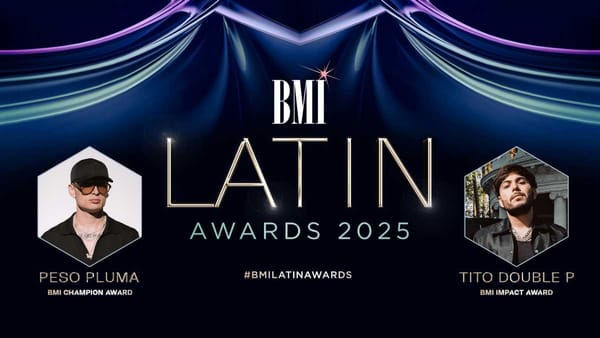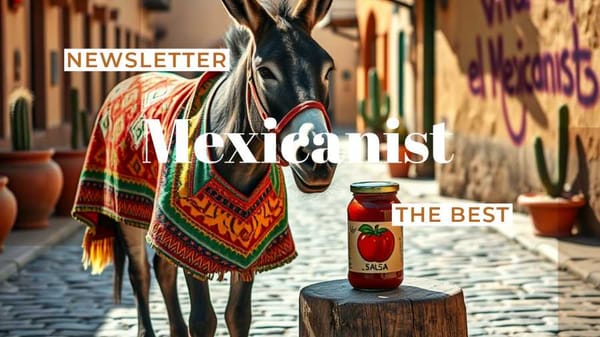Do you prefer Tequila with salt and lime or alone?
Do you like to taste tequila the way you like? Almost from the beginning, lovers of this strong drink have adopted the custom of accompanying it with salt and lime. Here's why.

Do you like to taste tequila the way you like? Almost from the beginning, lovers of this strong drink have adopted the custom of accompanying it with salt and lime. Here's why.


Peso Pluma, the trailblazing Mexican artist, will receive the BMI Champion Award at the 2025 BMI Latin Awards for his global impact on Música Mexicana. Tito Double P, instrumental to Peso Pluma's success and a rising star himself, will receive the BMI Impact Award.

From Lunar New Year celebrations in Cancun to innovative scientific breakthroughs with organs-on-chips technology. Discover travel tips, retirement advice, cultural insights, and culinary adventures, including a bold Oaxacan Negroni twist.

Scientists develop "organs-on-a-chip" to revolutionize drug testing. These miniature devices mimic organ functions, allowing researchers to test drug efficacy on patient cells before prescription.

Ditch the cliché Valentine's Day and ignite passion in Mexico! From Riviera Maya's luxurious beaches and overwater bungalows to Oaxaca's rich culture and cuisine, there's a perfect escape for every couple.